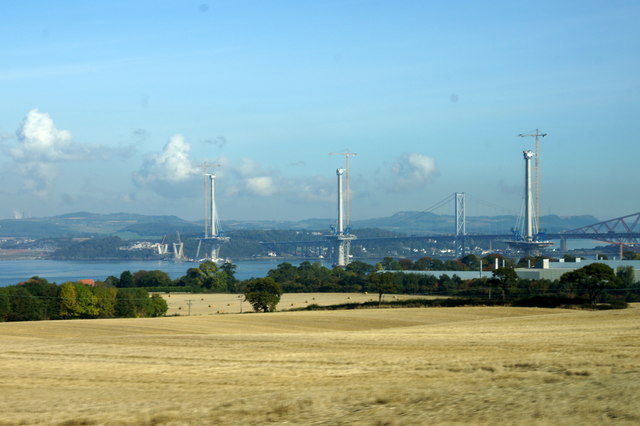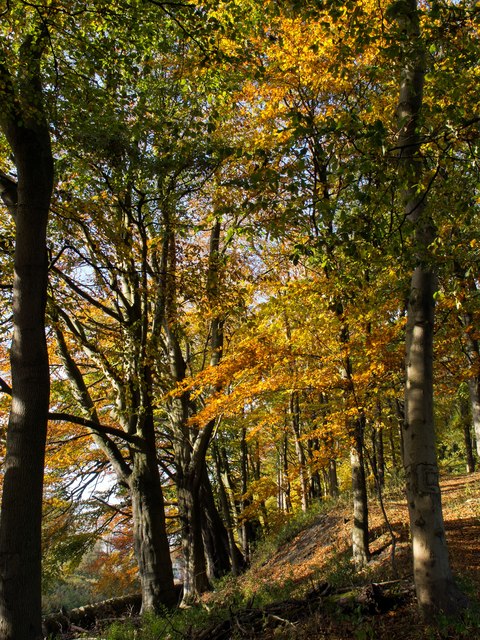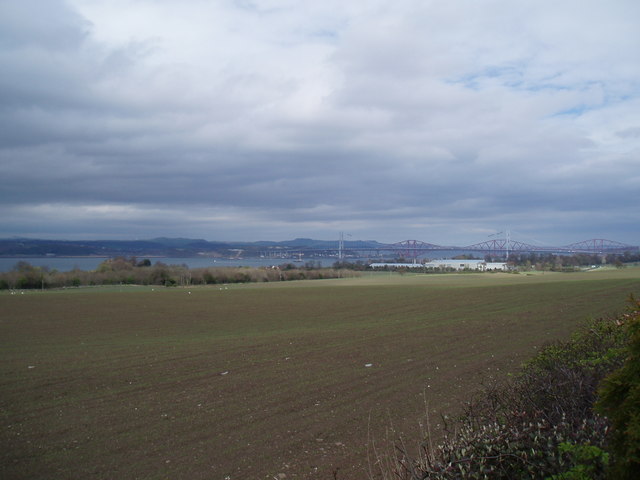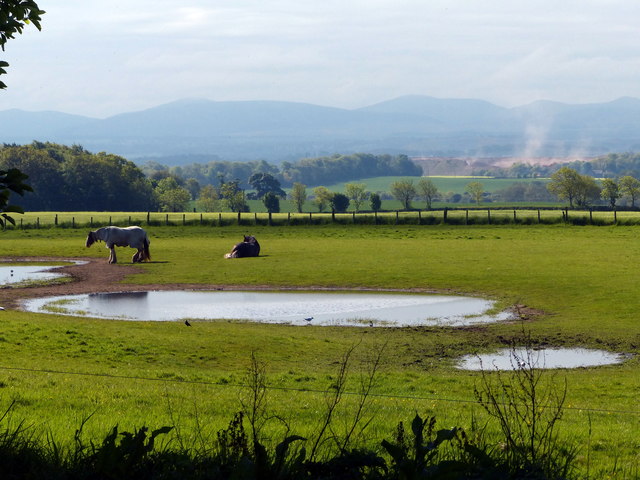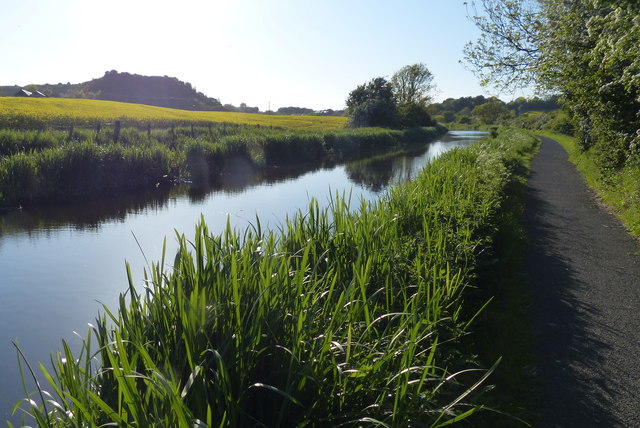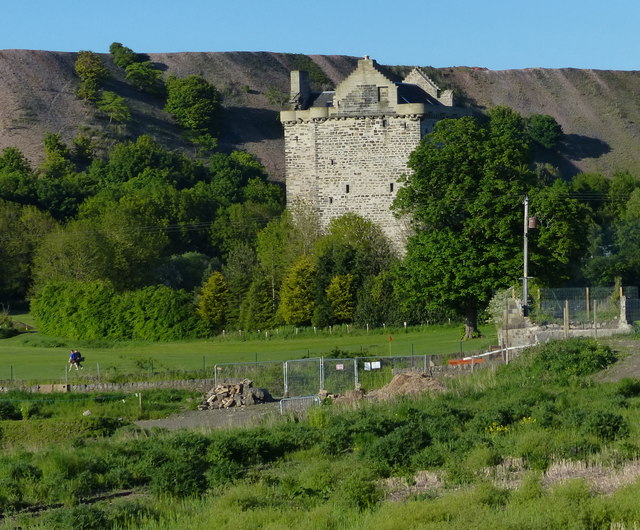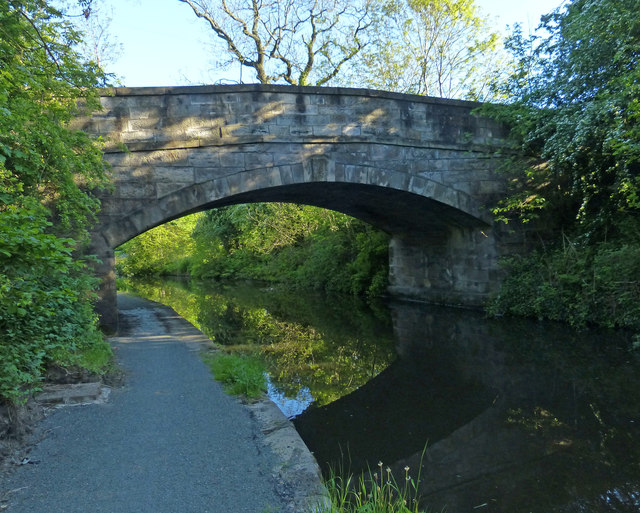Swineburn Wood
Wood, Forest in West Lothian
Scotland
Swineburn Wood

Swineburn Wood is a picturesque forest located in West Lothian, Scotland. Covering an area of approximately 50 acres, it is a popular destination for nature lovers and outdoor enthusiasts. The wood is situated near the village of Dechmont, just a short drive from the town of Livingston.
The forest is predominantly composed of native broadleaf trees, including oak, birch, and ash, creating a diverse and vibrant ecosystem. The dense canopy provides a habitat for various wildlife species, such as deer, badgers, and numerous bird species. Visitors can often spot these animals while exploring the well-maintained trails that crisscross the wood.
One of the main attractions of Swineburn Wood is its tranquil atmosphere, making it an ideal spot for peaceful walks and nature photography. The forest is intersected by the Swine Burn, a small stream that adds to the beauty of the surroundings and offers a soothing soundtrack as it meanders through the wood.
The wood is well-equipped with amenities for visitors, including a car park and picnic area. Interpretive signs and information boards provide interesting facts about the flora and fauna found in the wood, enhancing the educational experience for those interested in learning more about the natural environment.
Overall, Swineburn Wood in West Lothian offers a serene and idyllic setting for individuals seeking a break from the hustle and bustle of everyday life. Whether it's for a leisurely stroll, wildlife observation, or a family picnic, this enchanting forest provides a memorable experience for all who visit.
If you have any feedback on the listing, please let us know in the comments section below.
Swineburn Wood Images
Images are sourced within 2km of 55.96936/-3.4459225 or Grid Reference NT0976. Thanks to Geograph Open Source API. All images are credited.
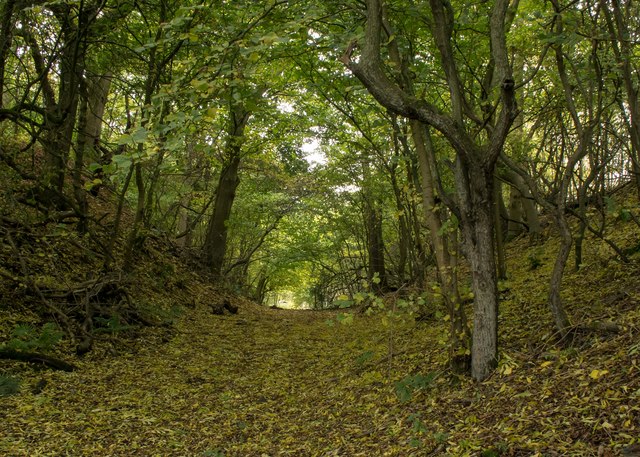




Swineburn Wood is located at Grid Ref: NT0976 (Lat: 55.96936, Lng: -3.4459225)
Unitary Authority: West Lothian
Police Authority: The Lothians and Scottish Borders
What 3 Words
///excavate.breezes.riding. Near Winchburgh, West Lothian
Nearby Locations
Related Wikis
Duntarvie Castle
Duntarvie Castle is a ruined Scots Renaissance house in West Lothian, Scotland. It is located 1.5 kilometres (0.93 mi) north of Winchburgh and 9 kilometres...
Winchburgh railway station
Winchburgh railway station served the village of Winchburgh, West Lothian, Scotland from 1842 to 1930 on the Edinburgh and Glasgow Railway. == History... ==
Winchburgh
Winchburgh is a village in the council area of West Lothian, Scotland. It is located approximately 10 miles (16 km) west of the city-centre of Edinburgh...
Newton, West Lothian
Newton or (The Newton) is a small village in the county of West Lothian, Scotland. It lies on the A904 trunk road 2.6 miles (4.2 km) west of South Queensferry...
Nearby Amenities
Located within 500m of 55.96936,-3.4459225Have you been to Swineburn Wood?
Leave your review of Swineburn Wood below (or comments, questions and feedback).
